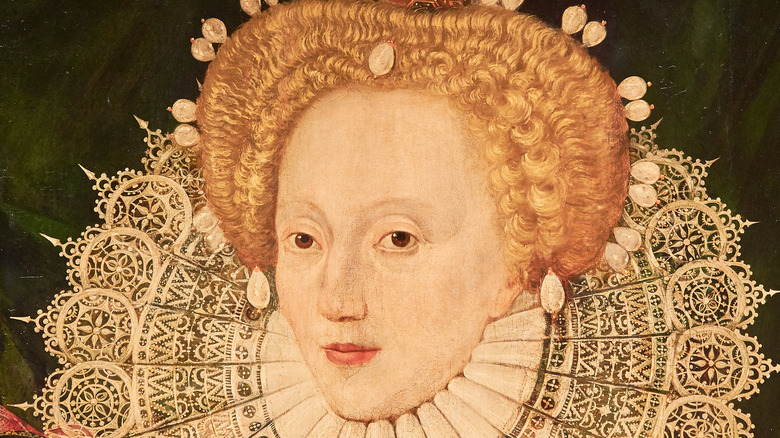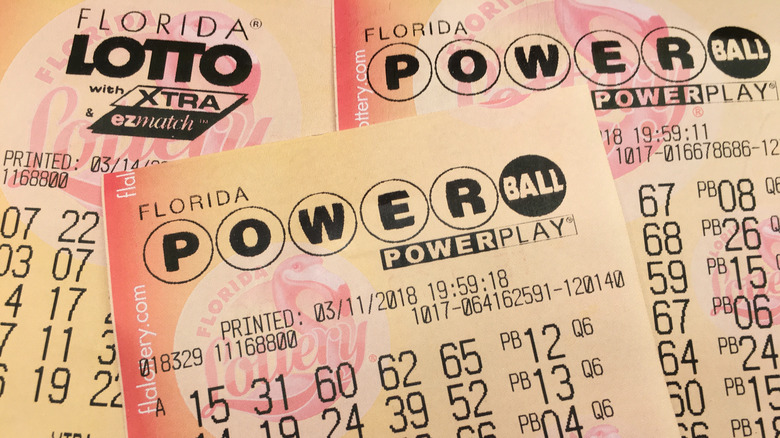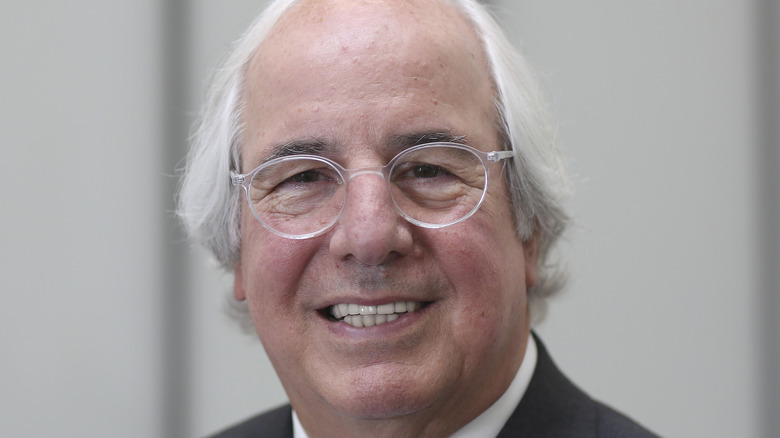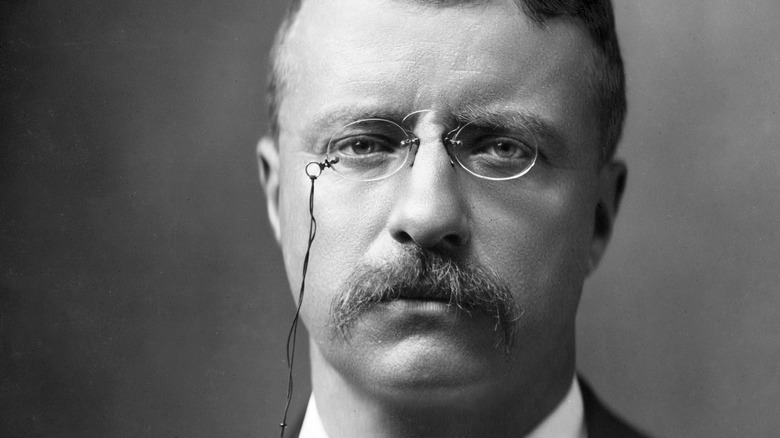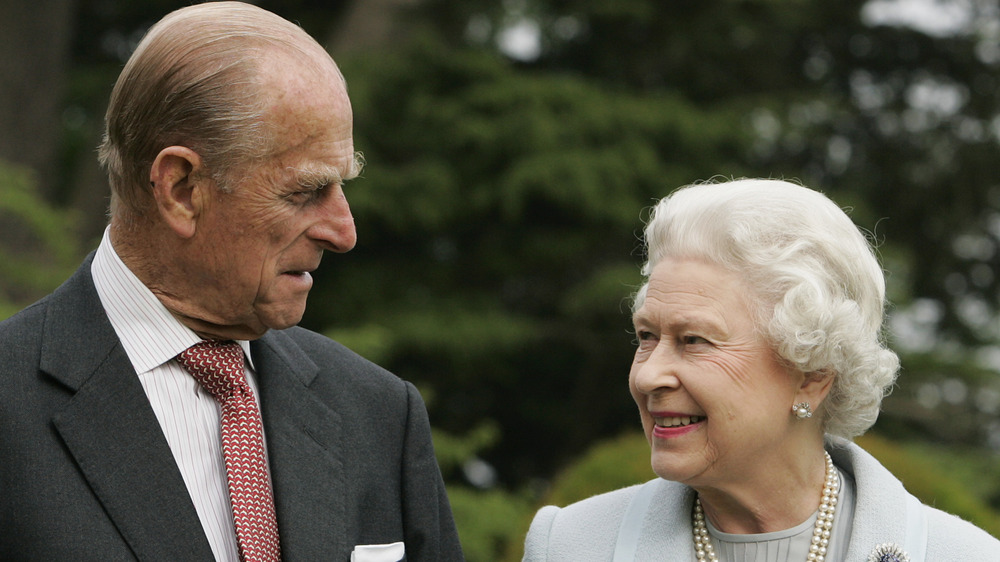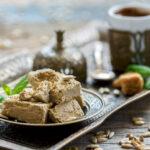
Why Halva Might Be the Most Culturally Diverse Candy Ever

Halva can be traced back to the 7th century as an Arabic invention. Its original name was “hulw,” which means “sweet” in Arabic. This early version of the sweet was made from dates and milk, though semolina, fruit, honey, nuts, and rose water were later added. Then, with every new culture the confection spread to, fresh ingredients were introduced into the mix. When “hulw” reached India, the name changed to “halva,” and more varieties were made with ingredients like ghee, spices, seeds, coconut milk, eggs, and more. South Asian versions usually added pistachios. However, the Egyptians also used pistachios, almonds, or pine nuts in their “Halawa”.
Halva Across Continents
Middle Eastern influences included nuts, dried fruit, yogurt, honey, and spices in halva. But it was the Ottoman Turks who helped spread the sweet to Europe. There, halva was made with sesame oil, crushed sesame seeds, and honey, of course which most clearly resembles one version of halva still made and served today. Suleiman the Magnificent, who reigned from 1520 to 1566, the longest-ruling Ottoman sultan, was a huge enthusiast for halva. He even had a kitchen built next to his palace called the “helvahane,” or “house of halva.” Inside the “house of halva,” more than 30 different kinds of confection were made. One of those versions of the sweet was made with sesame tahini, which was passed from Ottoman-ruled Romanians on to Europe.
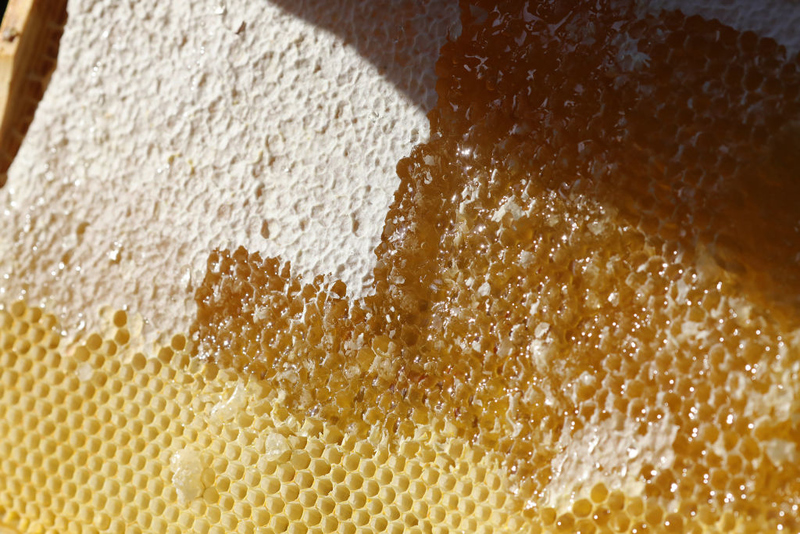
This take on halva spread through the continent by Ashkenazi Jews and eventually crossed Atlanta to the U.S. in the early 20th century. Though the first known recorded halva recipe surfaced from Moorish Spain in an early 13th century Arabic cookbook, ‘Kitab al-Tabikh,’ or The Book of Dishes, halva has a much longer and richer history than that. This ancient candy has survived hundreds of years and is celebrated in many cultures. So, it’s only fair to believe it could be the most culturally-diverse confection in the world.

What’s in a Name? How Your Favorite Bands Chose Their Moniker

Different Types of Training for Dogs

Wabi-Sabi: Accept Your Imperfections

How to Pamper Your Pet Without Spending Too Much Money

A Step-by-Step Guide on Kitten Litterbox Training

Gameshow Weirdness: The Story Behind This Wheel of Fortune Contestant
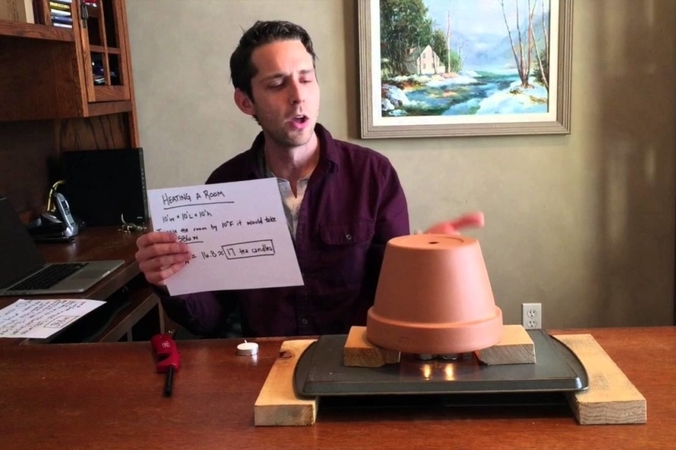
Ace Your Next Winter With These Clever Hacks

Must See Camping Photos That’ll Make Your Day!

The Best & Worst Met Gala Attire Over the Years

More Timeless Oscar Outfits


